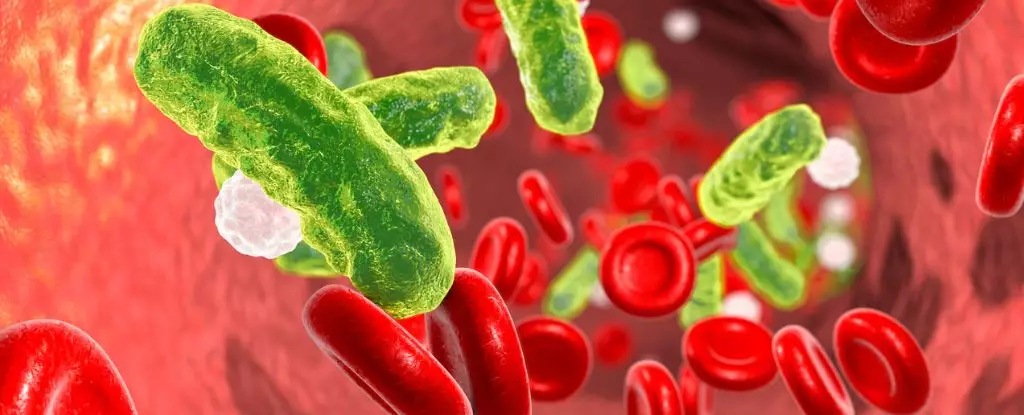Recent research conducted at Uppsala University in Sweden has unveiled a groundbreaking approach to combating drug-resistant bacterial infections. The development of a new class of antibiotics presents a promising solution to the ongoing challenges posed by antibiotic resistance.
Gram-negative bacteria, such as Escherichia coli and Klebsiella pneumoniae, are notorious for their resistance to conventional antibiotics due to the presence of a double membrane that serves as a formidable barrier. This outer membrane, rich in lipopolysaccharides, plays a crucial role in protecting the bacterial cell and impeding the effectiveness of antibiotics.
Identifying a Key Enzyme
In a significant departure from traditional antibiotic research, the scientists in Sweden targeted an enzyme known as LpxH, essential for the synthesis of lipopolysaccharides in the outer membrane of gram-negative bacteria. By inhibiting this enzyme, researchers were able to disrupt the integrity of the bacterial cell and achieve a rapid reduction in bacterial load.
Promising Results in Animal Models
Initial trials on mice infected with drug-resistant strains of E. coli and K. pneumoniae demonstrated the efficacy of the new compounds in treating bloodstream infections within hours of administration. The ability to combat life-threatening infections with just a single dose highlights the potential impact of this novel approach.
Optimizing Antibiotic Candidates
The development of the lead compound, JEDI-1444, marked a significant milestone in the quest for effective antibiotics against gram-negative bacteria. Despite its initial limitations, further modifications resulted in the creation of two potent variations, EBL-3599 and EBL-3647, with improved solubility and stability in blood.
The emergence of drug-resistant bacterial infections poses a significant threat to public health worldwide, with antibiotic-resistant pathogens ranking among the leading causes of death. As existing antibiotics lose their effectiveness, the urgent need for new classes of antibiotics becomes increasingly evident to combat the growing crisis.
A Call for Action
With projections estimating millions of deaths annually by 2050 due to antibiotic resistance, the imperative for continued research and innovation in antibiotic development is clear. The reliance on outdated antibiotic treatments underscores the critical importance of investing in novel therapeutic strategies to tackle the evolving threat of drug-resistant bacteria.


Leave a Reply